How To Add Texture Background In Indesign
Texturing with InDesign
In an industry dominated by slick tech blueprint, bold graphics and colour, in that location'due south a danger of things appearing a little too constructed, especially when it comes to pattern that invites us to engage and interact with it. Life comes with smears, cracks and scratches and – in the right circumstances – presenting them in your pattern work tin can assistance ground it in the real world.
Textures can provide that subtle bridge between reality and an artificial arena. The power of touch is as evocative and subtle every bit the sense of scent – merely option upward your iPad and experience that polished metal surface. You're touching 'quality' aren't you? A surface that appears tactile has us reaching out to feel information technology, which can get powerfully instinctive, especially when it comes to UI blueprint on touch devices.
In this tutorial we'll look at settings in the Furnishings console that yous can apply to imported photo textures when working in InDesign CS6, and how you can use opacity settings to utilise and enhance the appealing traits of various photos.

01 To start off with let's take a look at one of the simplest ways to add texture to your designs – photograph texturing. I've already created a background pattern in Illustrator and placed the elements into InDesign and then they retain their vector paths. This ways I tin apply them later in the design procedure to import textures directly into specific shapes. Create a new layer and add a binding box that takes up the entire background.
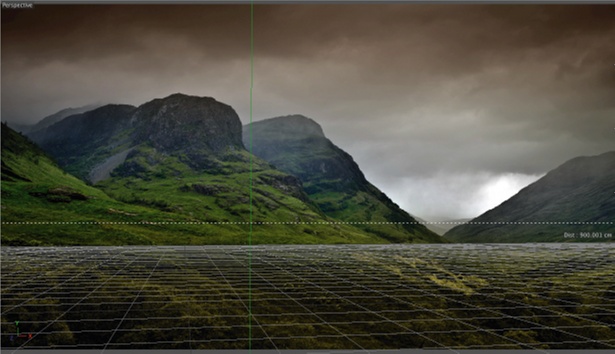
02 Add a gradient to this bounden box, running diagonally, to kicking off the varying levels of dissimilarity we want to build upon equally we add our background textures. The alternating areas of night and lite volition give areas of involvement. Place your kickoff texture (Cmd/Ctrl+D) and use the Direct Choice tool to select the photo.
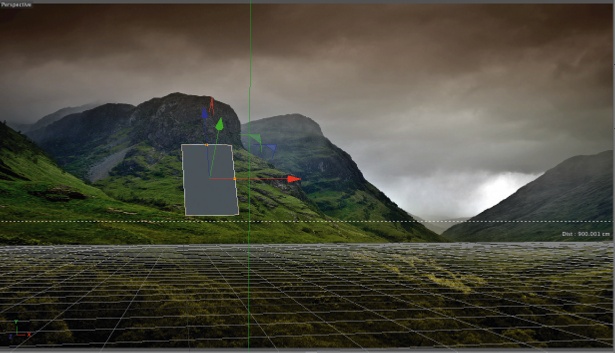
03 The key to successful photo texturing is subtle layering, which is where InDesign's Furnishings panel comes into play. To open up this, press Cmd/Ctrl+Shift+F10. Alter the image (note: non the Transparent Binding box) to Multiply, reducing the opacity to 50%, which enables that underpinning slope to testify through.

04 Now we desire to add some scratches to the surface to give it that worn feel and also add a fiddling bite to the background. Duplicate the commencement binding box, delete the existing paradigm and import your new photo texture. My photograph is very contrasty, with the scratches being the lightest parts of the prototype. Again, using the Direct Selection tool to select the photo, set the opacity to Lighten at 100% so we're just left with those highlight scratches.
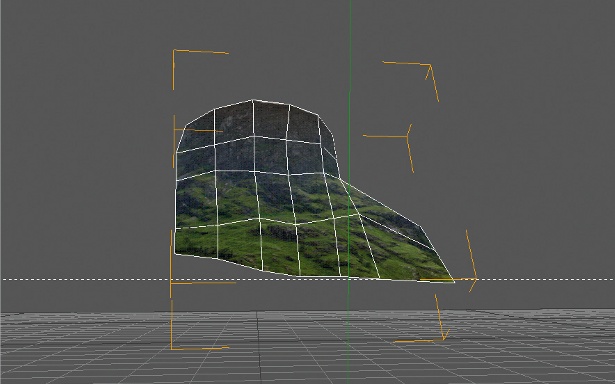
05 The next texture I've added is to help establish color saturation while adding more subtle lite to dark transitions. It'south also got some nice grunge to it. Following the same process every bit the previous two stages, change the photograph to Hard Light at 100% in the Effects panel.
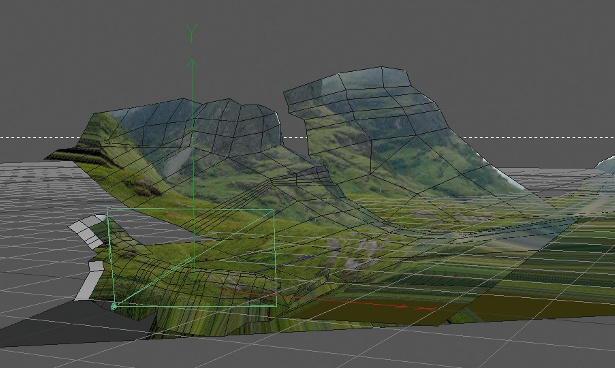
06 With the background finished, move on to object texturing. In this case I want to bring some tactility to a set up of buttons. Something InDesign sorely misses is a Blueprint Overlay creator within its Object Effects settings, so I've utilize Photoshop to create my initial surface texture. I imported this into the shapes and gear up the opacity to Soft Light. The effect is very subtle, but it has removed that flat-color look.

07 To build upon this, add another Photoshop pattern of diagonal lines. Duplicate the button shapes and remove the first texture, ensuring the binding box shapes are transparent. After importing the new texture and scaling it down to l%, alter the opacity to Multiply at lx%.
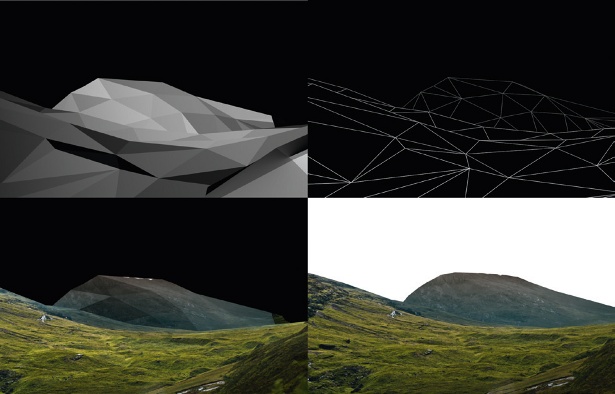
08 When yous wait at the surface of a real-globe object, the texture is more apparent when a light source is transitioning from dark to light. With this in listen, I want this texture to appear on the inner edges as a form shadow. You tin can practice this by selecting each instance of the texture, pressing Cmd/Ctrl+Opt/Alt+M, and choosing Directional Feather. Link the feather widths and bring them in by 250px, setting the shape to All Edges and choosing an angle of 90º.
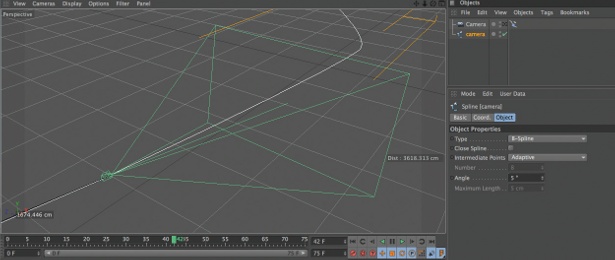
09 Still in the Effects console, select Slope Plume and set the type to Radial. Play around until you establish a subtle gradient that emits from the middle outward. The shapes are then re-aligned to fit directly over the initial set of buttons, creating a patterned inner shadow.

10 The final texture is for a glass-like window that sits over this dial interface. The photo texture is gear up to Hard Light – to capture the highlights within the photo – but the bounden box is set up to Overlay at 60%. From the Furnishings console, I've used a Slope Plumage to establish a fade-in to fade-out, so the transparency feels more natural. A final 65% opacity Outer Glow, with a bear on of noise, helps to reinforce a semi-opaque surface texture.

Thank you for reading 5 manufactures this month* Join now for unlimited admission
Enjoy your first calendar month for just £1 / $1 / €1
*Read 5 free manufactures per month without a subscription

Join now for unlimited admission
Endeavour first month for only £1 / $1 / €1
Related articles
How To Add Texture Background In Indesign,
Source: https://www.creativebloq.com/computer-arts/texturing-indesign-3137527
Posted by: dustinhatiltas.blogspot.com


0 Response to "How To Add Texture Background In Indesign"
Post a Comment